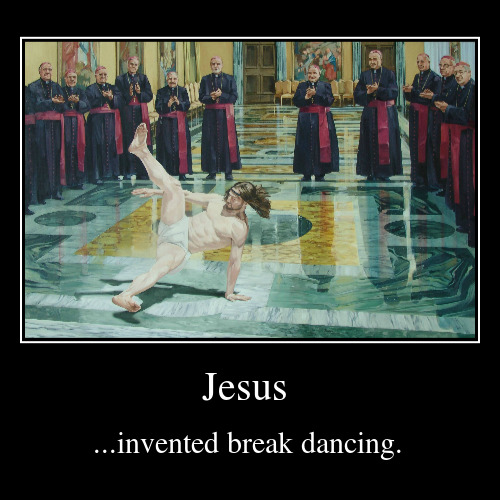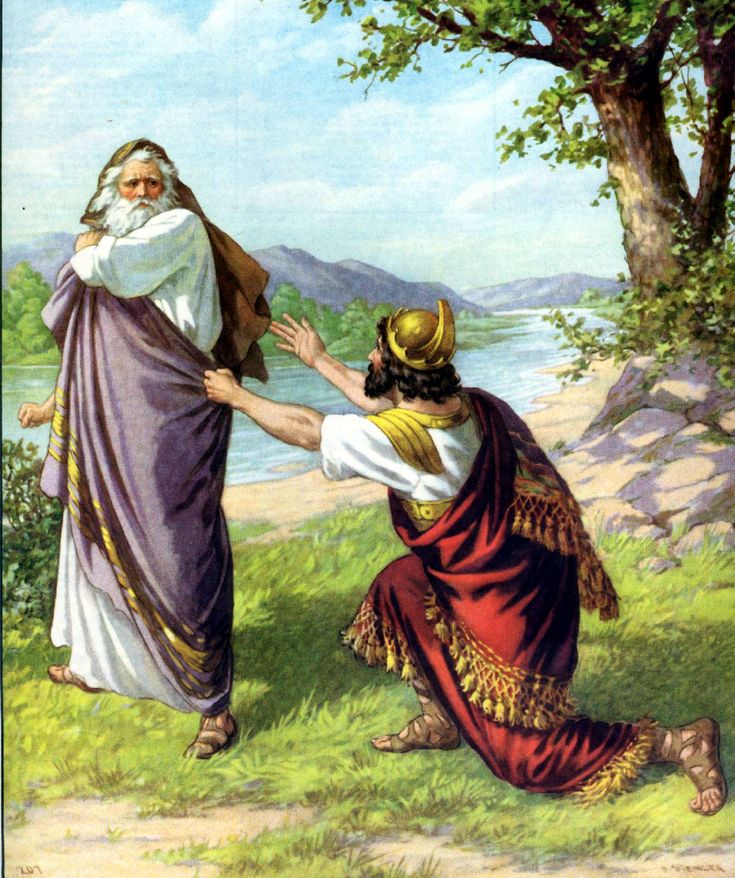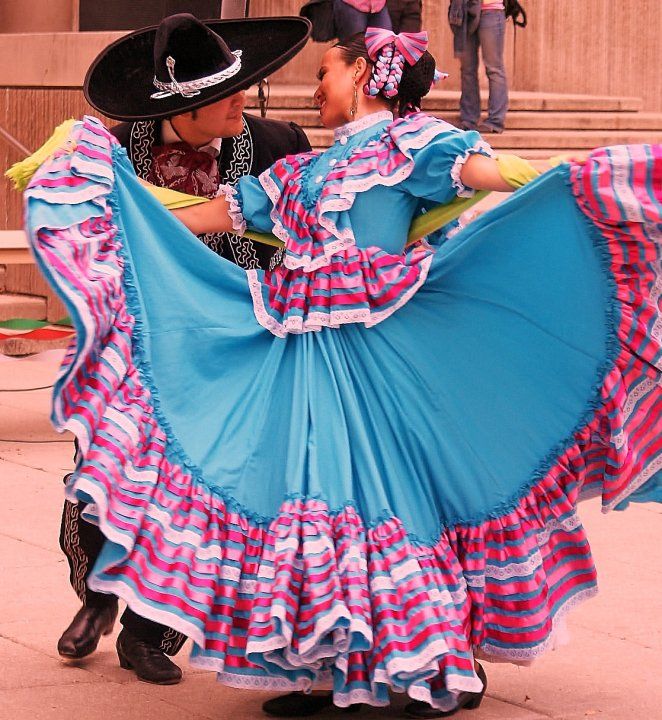How was dance invented
Dance Facts and History
Dance is a form of art that is made by purposefully recreating selected sequences of human motion, which can be imbued with the values of aesthetic and symbolism that are acknowledged by both performers and observers from within the particular culture. The dance itself can be freeform or can have a predefined choreography that may or may not align with traditions of origin or historical period.
The dance can be performed to serve various functions (social, competitive,
ceremonial, martial, erotic…) but it also has two distinct forms – theatrical dance in which dancers perform for an audience,
and participatory social dance where dancing in a group is
encouraged to anyone. Participatory dances are most commonly found at
weddings, social gatherings, and festivals, and they can be enjoyed with
folk music both alone or in a group (pairs, lines, chains or other forms).
Theatrical dance is known for having more elaborate choreography, planning, costume, scenery and other elements that make the entire production feel more professional. The performers of theatrical dance are usually professional “ virtuoso dancers”, who practice their craft over the years, and are often tasked to interpret the musical accompaniment with advanced dance moves or routines.
Origins and Early History
The dance has always been with us, even before the arrival of written language and modern history,
when our earliest cultures evolved utilizing oral and performance methods
to pass the stories from one generation to the next. Many historians
believe that social, celebratory and ritual dances are one
of the essential factors of the development of early human civilizations.
The earliest findings have pinpointed the origins of ancient dances in 9000-year-old India or 5300-year-old Egypt, but the records more common infusion of dance into a modern culture can be found from Ancient Greece, China, and India. All these old dances evolved, eventually morphing into a wide variety of Roman and European medieval dances, traditional Chinese dances, Hindi and other traditional dances, respectively.
After the arrival of European Renaissance, the history of music and dance exploded with the new additions to song and dance. Ease of travel and immigration to the new world brought these dances into the mix with many native cultures of the New World, forging countless new dance types that are still popular to this day.
Do you know these facts about dance?
-
First archeological proof of dance comes from the 9 thousand year old cave paintings in India.
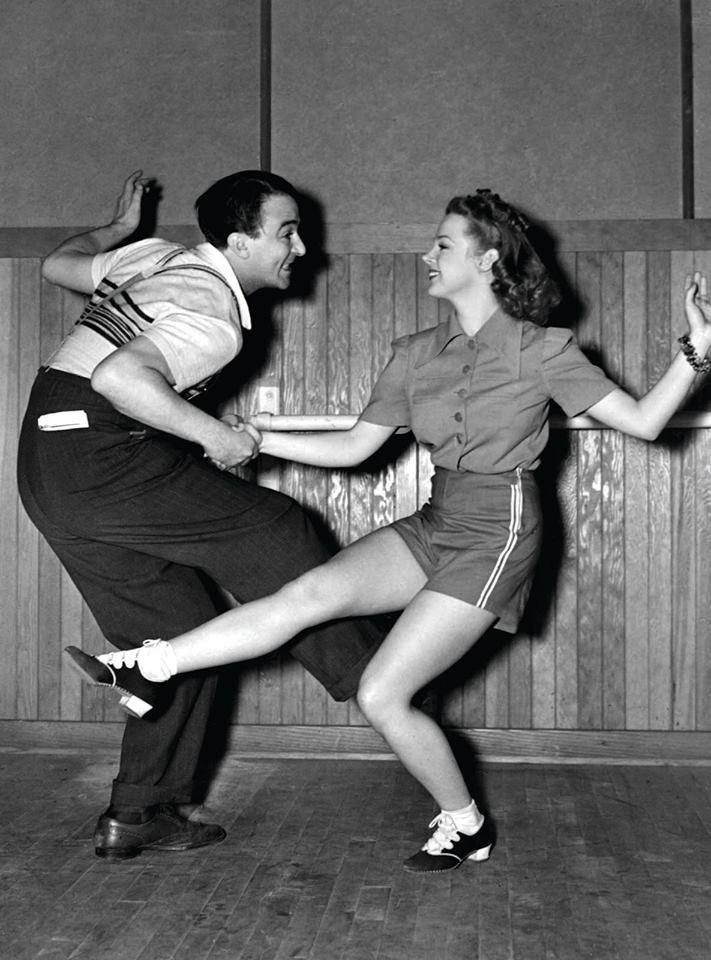
- One of the earliest uses of structured dance was introduced in religious ceremonies that told the stories of ancient myths and gods. Egyptian priests used this kind of visual storytelling in their rituals.
- Ancient Egyptians used dancing for both entertainment and religion.
- Dance represented important parts of many Greek and Roman religious ceremonies.
- Ancient Greeks and Romans annually celebrated their wine gods Dionysus and Bacchus with several days long festivities filled with alcohol, song and dance.
- History of European medieval dance is fragmented and limited, but is believed that simple folk dances were widespread among common and wealthy classes.
-
Modern dance history in Europe started with Renaissance, when many new dances were invented.
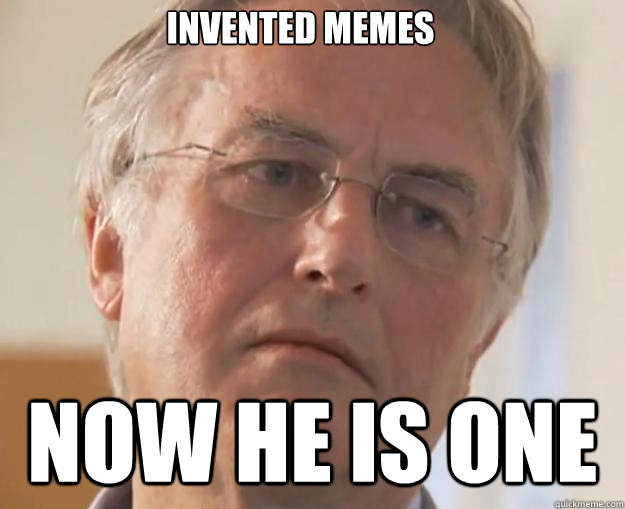 After that, periods of Baroque, post French
Revolution, Elizabethan era, World War 1, Prohibition, Ragtime and pre-WW2 brought many new waves of dance styles.
After that, periods of Baroque, post French
Revolution, Elizabethan era, World War 1, Prohibition, Ragtime and pre-WW2 brought many new waves of dance styles.
- Waltz, one of the most popular dances today came into popularity in mid-19th century by the efforts of the famous composer Johann Strauss, but its origins can be traced even to the distant 16th century.
- At first, waltz was performed with arm's length between male and female dances. The shocking transition to the close embrace happened only after English Queen Victoria fell in love with the dance and forced this change.
- Around 30 thousand people are employed in UK dance industry today, maintaining around 200 dance companies.
-
Even people in wheelchairs can dance! Such dancing is very popular in Europe where there are even competitions in Latin dances with special
wheelchair choreographies.
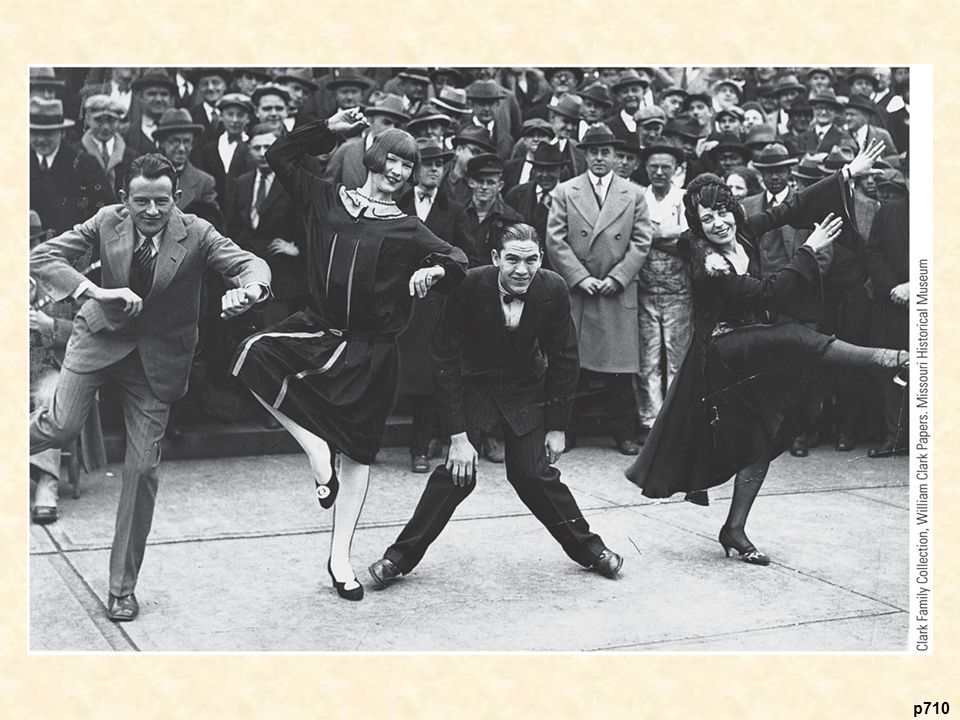
- Professional dance is today regarded as one of the most demanding physical abilities and sports. According to studies, 80% of all professional dances have at least one major injury during their career and staggering 93% of all dance teachers were forced into that position after career ending injury.
- High amount of injuries in professional dancing is induced by high levels of fatigue, little time for rest, inadequate healing techniques and high stress levels. All those factors can produce burn out periods when dancers have decreased strength, coordination, cognitive and immune functions.
-
Lion Dance is one of the most popular religious and ceremonious dances in China and surrounding countries of Taiwan, Korea and Japan. This dance
can signify bringing of good fortune, ward of evil spirits and be an excellent showcase in martial arts proficiency.
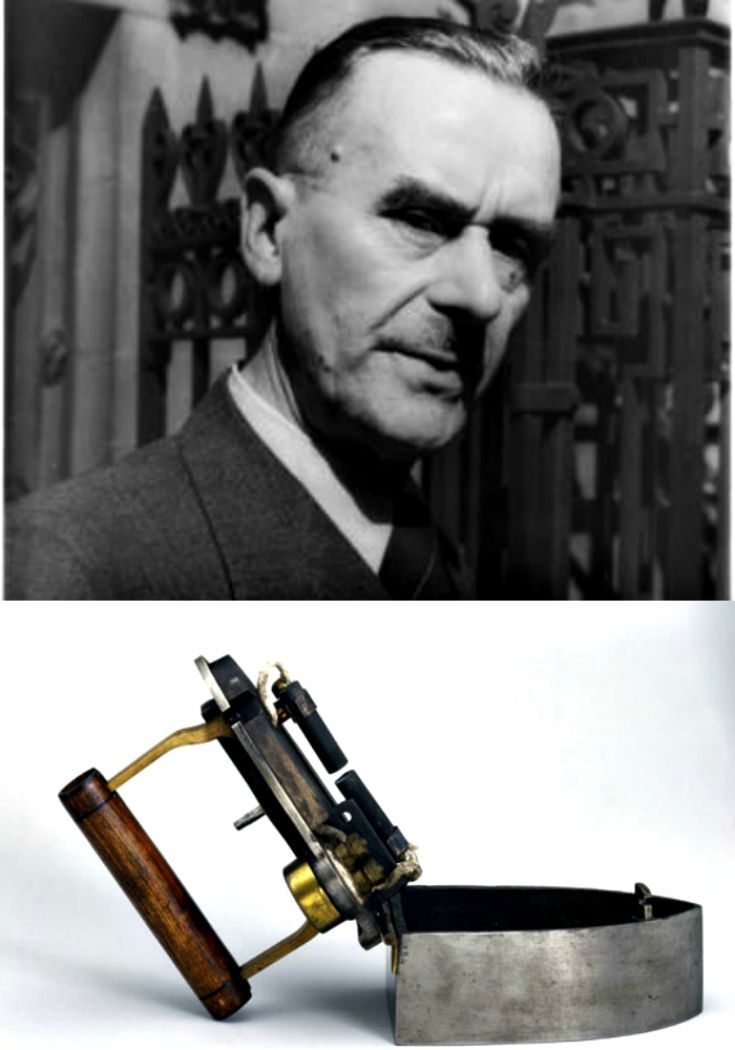
After several thousand years, dancing managed to completely infuse itself into our way of life. Here you can find more information about this fascinating activity and the impact it can have on our lives.
Since the dawn of human civilization, dance remained in close connection with us. Here you can find out more about this fascinating part of our culture, all from its roots in ancient civilizations to the modern times.
Thousand years of innovations and evolution created modern dance that we all enjoy today. Here you can find out more about specific dance styles and the way they are implemented and created.
There are many specific dances which can be sorted into single dance styles or families of related dances. Here you can read more about specific dances and variants of a specific dance.
Facts about Dancing
- Professional dances are today regarded as athletes.
-
Dancing is very beneficial to your health.
 It lowers the chances for heart and blood vessel diseases, improves posture and weight, reduces
stress and tension, improve brain function because of constant presence of music, and can improve relationship between dance partners.
It lowers the chances for heart and blood vessel diseases, improves posture and weight, reduces
stress and tension, improve brain function because of constant presence of music, and can improve relationship between dance partners.
- Because of the need to maintain strict head position while dancing, doctors often prescribe use of dance for those patients that need to develop their peripheral vision.
- First balled dancer that used pointe shoes was Marie Taglioni in 1832 ballet "La Sylphide".
- One tutu shoe cost up to $2000 dollars to be made, and one ballerina wears between 2 and three pairs per week.
- Because of high physical demand on their bodies, most professional dances retire from dancing during their mid-30s.
-
Famous modern dance Cha-Cha originated from Cuba.

- Famous energetic ballroom dance can-can (or cancan), which is performed by the row of female dances in long skirts originated form 1830s Paris ballrooms.
- Origin of tap-dancing comes from the tribal dances of African slaves. Their arrival in North America introduced that dance to the western audiences.
- Dancing with metal tap shoes became popular in United States during 1920s and 1930s. One of the most famous tap-dancing performers of that time were Nicholas brothers, who were instrumental into bringing that style of dance into Hollywood movies.
- Famous movie stars such as Fred Astaire, Ray Bolger and Gene Kelley used tap-dancing to enchant the minds of the worldwide audience with great success.
-
Hindu religion has very close relationship to dance and music.
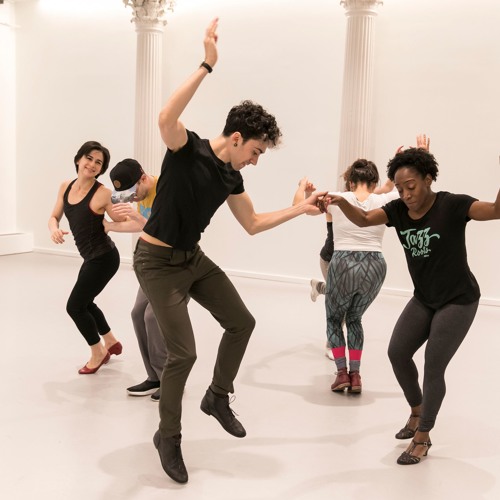 This connection can most visible be seen in their countless Bollywood movies that
all celebrate dancing.
This connection can most visible be seen in their countless Bollywood movies that
all celebrate dancing.
- One of the dances that managed to completely change the landscape of dance history is polka! This energetic dance that was focused for young women that liked to jump, hop and turn swept across the world in mid-19th century.
- Dancing represent great physical exercise for the people of all age. It can be safely practiced from the age of 2 to 102!
- Many historical waves of dances were perceived as the "destructors" of the old way of dance. Examples of that can be found in the 1920's Charleston and the era of Rock music.
- First ballroom dance that was ever created is Italian Viennese Waltz.
-
One of the reason that ballroom dancing is starting to return into popularity is because famous TV competition show "Dancing with the Stars".
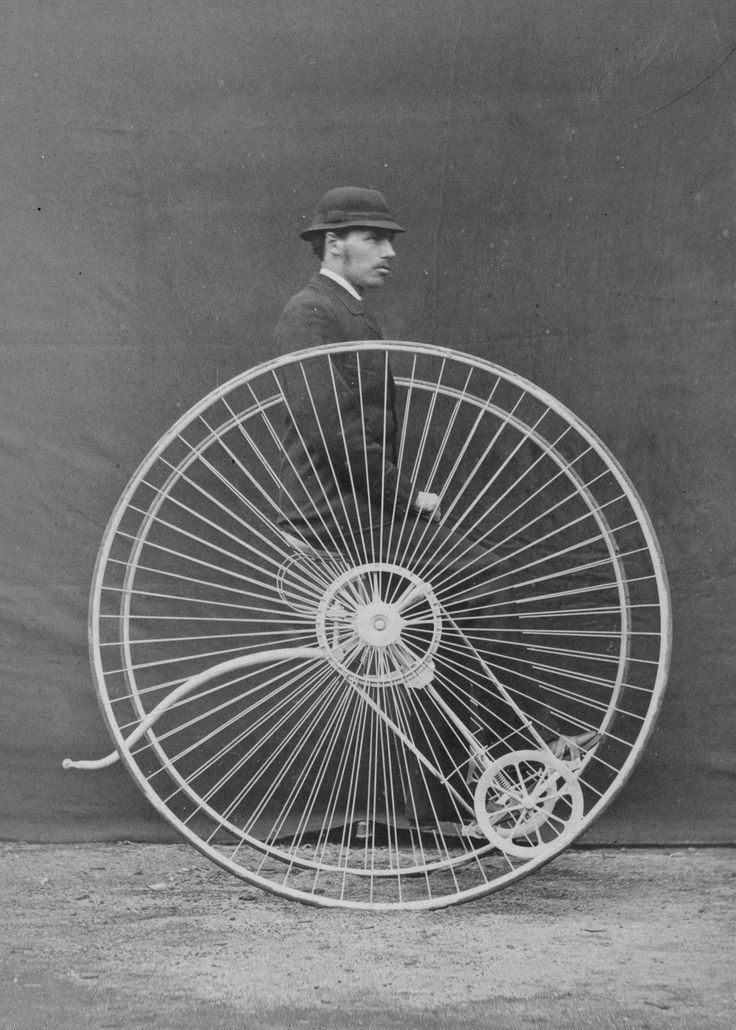
- African slaves that were brought in Brazil 300-400 years ago were prohibited from practicing martial arts. Therefore, they developed the mix of dancing and fighting that is known today as capoeira.
- Breakdancing was first created as a "less lethal" form of fighting between warring African-American street gangs in 1970s Bronx area of New York City. This form of dancing re-emerged into worldwide popularity during 1990s.
- Dance marathon competition started as early as 14th century England. They reached height of their popularity in the bloom of US entertainment expansion during 1930s depression era. Some competitions were performed in the 22 day long marathons.
-
The most sensual dance of modern times is without a doubt a Tango. It originated from 1890s Argentina, but it quickly became very successful in
Europe.

History of Dance - From Ancient Rituals to Modern Dances
From the earliest moments of known human history, dance accompanied ancient rituals, spiritual gatherings and social events. As a conduit of trance, spiritual force, pleasure, expression, performance and interaction, dance became infused into our nature from the earliest moments of our existence - from the moment when first African tribes covered themselves in war-paint to the to the spreading of music and dance across all four corners of the world. Without a doubt, dancing remains one of the most expressive forms of communications that we know.
The oldest proof of existence of dancing comes from the 9000 year old cave paintings that were found in India, which depicts various scenes of hunting,
childbirth, religious rites, burials and most importantly, communal drinking and dancing. Since dancing itself cannot leave clearly identifiable
archeological artifacts that can be found today, scientist looked for secondary clues, written word, stone carvings, paintings and similar artifacts.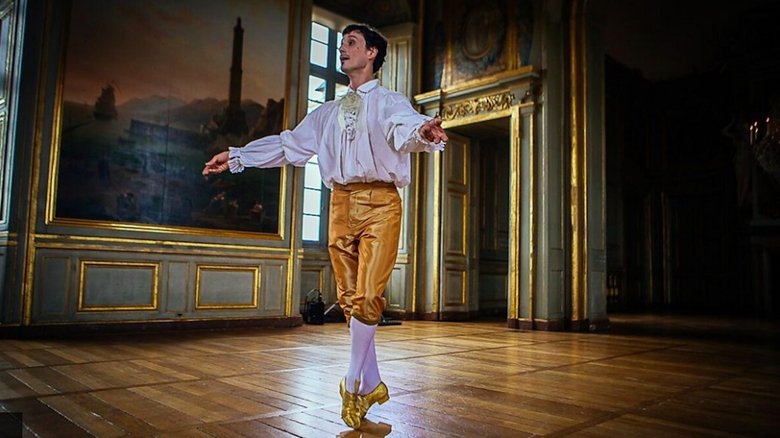 Period when dancing became widespread can be traced to the third millennia BC, when Egyptians started using dance as integral parts of their religious
ceremonies. Judging by the many tomb paintings that survived the tooth of time, Egyptian priests used musical instruments and dancers to mimic
important events - stories of gods and cosmic patterns of moving stars and sun.
Period when dancing became widespread can be traced to the third millennia BC, when Egyptians started using dance as integral parts of their religious
ceremonies. Judging by the many tomb paintings that survived the tooth of time, Egyptian priests used musical instruments and dancers to mimic
important events - stories of gods and cosmic patterns of moving stars and sun.
This tradition continued in ancient Greece, where dance was used very regular and openly to public (which eventually brought the birth of the famous Greek theatre in 6th century BC). Ancient paintings from 1st millennia clearly speak of many dance rituals in Greek culture, most notably the one before start of each Olympian Games, precursor to the modern Olympic Games. As centuries went on, many other religions infused dance in the core of their rituals, such as Hindu dance "Bharata Nhatyam" which is preformed even today.
Of course, not all dances in those ancient times were intended for religious purposes.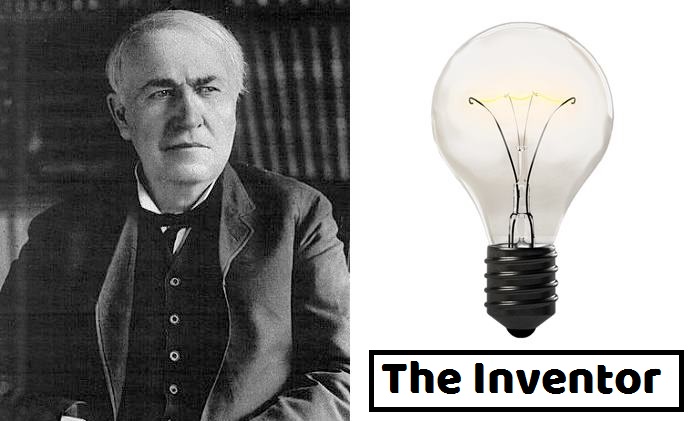 Ordinary people used dance for celebration, entertainment,
seduction and to induce the mood of frenzied exhilaration. Annual celebration in honor of Greek god of wine Dionysus (and later Roman god Bacchus)
included dancing and drinking for several days. 1400BC year old Egyptian painting showed the group of scantily dressed girls who danced for the wealthy
male crowd, supported by the several musicians. This kind of entertainment continued to be refined, until medieval times and the start of the
Renaissance when ballet became integral part of the wealthy class.
Ordinary people used dance for celebration, entertainment,
seduction and to induce the mood of frenzied exhilaration. Annual celebration in honor of Greek god of wine Dionysus (and later Roman god Bacchus)
included dancing and drinking for several days. 1400BC year old Egyptian painting showed the group of scantily dressed girls who danced for the wealthy
male crowd, supported by the several musicians. This kind of entertainment continued to be refined, until medieval times and the start of the
Renaissance when ballet became integral part of the wealthy class.
European dances before the start of Renaissance were not widely documented, any only few isolated fragments of their existence remain found today. The
most basic "chain shaped" dance practiced by commoners was most widespread across Europe, but the arrival of Renaissance and new forms of music brought
many other styles in fashion. Renaissance dances from Spain, France and Italy were soon surpassed by Baroque dances which became widely popular in
French and English courts. After the end of French Revolution, many new types of dances emerged with focused on less restrictive woman clothing, and
tendency for skipping and jumping. These dances soon became even more energetic in 1844 with the beginning of so called "international polka craze"
which also brought us the first appearance of famous waltz.
After the end of French Revolution, many new types of dances emerged with focused on less restrictive woman clothing, and
tendency for skipping and jumping. These dances soon became even more energetic in 1844 with the beginning of so called "international polka craze"
which also brought us the first appearance of famous waltz.
After the short period of time when great ballroom masters created wave of complicated dances, the era of modern day 2 person dance started with the careers of famous ballroom dances Vernon and Irene Castle. After those early years of 20th century many modern dances were invented (Foxtrot, One-Step, Tango, Charleston, Swing, Postmodern, Hip-hop, breakdancing and more) and the expansion of musical brought those dances into worldwide popularity.
The history of the origin of dance | Dance Studio "Chance"
From the moment when a person starts walking, moving, running, he expresses himself plastically.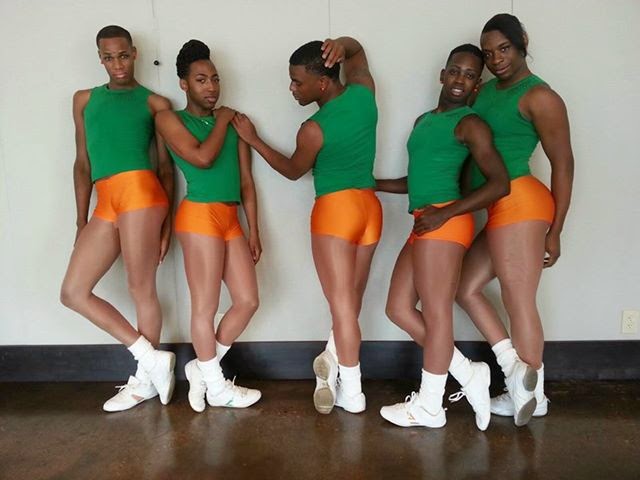 Sometimes, in order to understand each other, a gesture, a turn of the head, a glance is enough. Everyone is capable of plastic expression of their emotions, therefore dance unites people.
Sometimes, in order to understand each other, a gesture, a turn of the head, a glance is enough. Everyone is capable of plastic expression of their emotions, therefore dance unites people.
Stages of development of dances:
1. Ancient dance
Dance began its life together with man. The history of the emergence of dance is inextricably linked with the history of human culture. He participated in various aspects of practical life. There were dances ritual, hunting, labor, military. They were passed down from generation to generation, over time their magical meaning (and the nature of the ancient dance was permeated with it) was lost, forgotten, but for thousands of years the people kept their special plastic language.
No matter how smart a person is, no matter how wide the range of his interests, his life, if he is not able to express his feelings in music, in song, in dance, inevitably turns out to be impoverished.
In ancient Greece, the Greeks understood the nature of dance. For them, dance is able to reveal what drama, music, painting are powerless to face. Look at ancient Greek stelae, red-figure or black-figure vases. It seems to let the images speak and they lose their expressiveness. Here the bodies themselves delight, scream, rejoice. We say it's plastic.
For them, dance is able to reveal what drama, music, painting are powerless to face. Look at ancient Greek stelae, red-figure or black-figure vases. It seems to let the images speak and they lose their expressiveness. Here the bodies themselves delight, scream, rejoice. We say it's plastic.
2. Folk dance
Dance was an integral part of any folk festivities. We cannot imagine real fun without dancing. The energy of joy, apparently, is a special energy, because it inevitably splashes out, pours out into movement. Every nation, every nationality has its own special set of movements, its own rhythm, a very special plasticity. This was fixed and turned out to be as persistent as the national costume, the national character. Different eras, changes in the way of life, in social and cultural relations were reflected in the dance. Fashion also influenced the development of dance.
3. Ballroom dancing
When the dance moved from the squares to the halls of the palaces, it became an expression of the lifestyle of the ruling strata of society.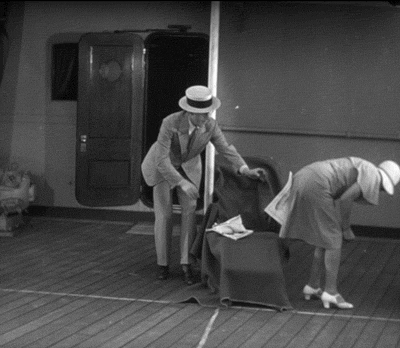 They said about the favorite minuet in the 18th century: “He who dances the minuet well, does well everything that he undertakes, and can undertake everything.”
They said about the favorite minuet in the 18th century: “He who dances the minuet well, does well everything that he undertakes, and can undertake everything.”
Elegance of manners, nobility of posture, refined reverence, which were necessary in a minuet, were the most necessary qualities of a courtier.
In those days, ballet appeared at the court, which very soon became the favorite pastime of kings. It is known that Henry IV and his minister Sully danced in a ballet composed by the king's sister; loved to participate in the ballet Louis XIV.
4. Ballet
In Russia, the first ballet was staged during the reign of Alexei Mikhailovich at Shrovetide in 1672, its plot was borrowed from ancient life.
Dance has endured a long battle to become an art in its own right, separate from singing and drama. And so Terpsichore began to be called the muse of ballet. There was such a profession as a composer of dances, in most cases he is also their director (we say - choreographer).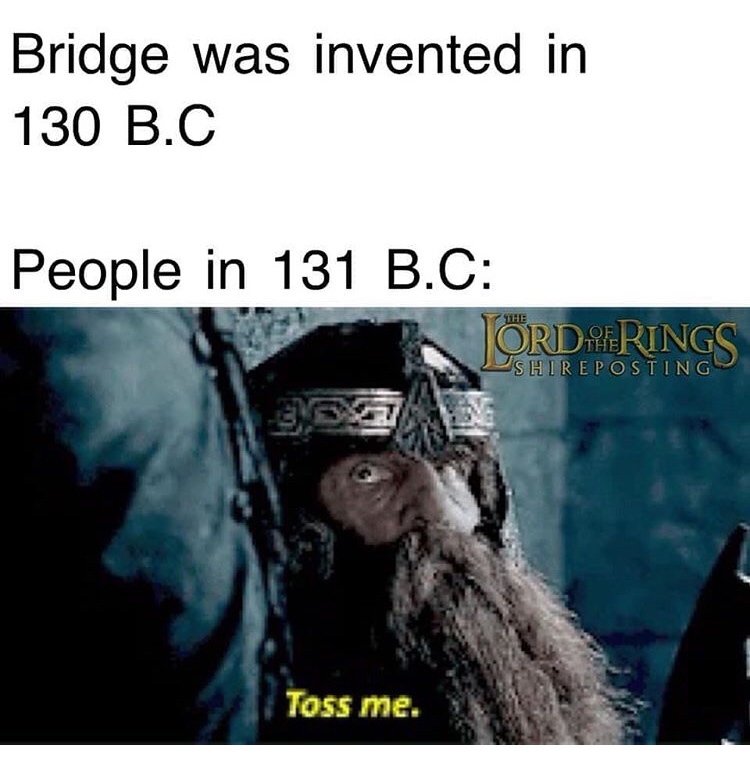
I was surprised by the outwardly brilliant and always difficult fate of the ballerina. The dance consolidated its own laws, rules, summed up certain movements that exist to this day. As in painting there are colors, in music there are notes, so in classical ballet there are certain poses, movements, from which, like letters, choreographers, and then actors add words, from words - phrases, from phrases - poems, stories, novels.
A special plastic language emerged, capable of conveying the most complex movements of the soul. A language that has been studied with incredible perseverance and dedication for decades, for a lifetime.
But thousands of people may not and do not know this language. They dance the waltz, foxtrot, krakowiak, polka, tango, sheik, letka-enka... These dances, the style, the culture that should be visible in their performance is a special topic.
Dance as a philosophy • Episode transcript • Arzamas
You have Javascript disabled. Please change your browser settings.
Please change your browser settings.
Contents of the second lecture from Irina Sirotkina's course "What is modern dance"
It is believed that the goal of education is to get rid of imposed opinions, patterns, stereotypes. There are also many stereotypes about dance. Many people think, for example, that dancing is not an intellectual pursuit: intellectuals are not interested in dancing, and dancers do not read books. And it is also believed that it is better to dance than to talk or read about dance. Let's say right away: it's better - both. Moreover, one thing - dancing - is hardly possible without the other - without thinking, talking, reading about dance.
Stereotypes, alas, are peculiar not only to poorly educated people, but sometimes even to philosophers. Philosophy in the West and in our country has long ignored the body. The body has been the Cinderella of classical philosophy ever since, in the 17th century, René Descartes separated the thinking substance, res cogitans (or, literally, "the thing that knows"), from the material substance, res extensa, endowed only with the property of extension.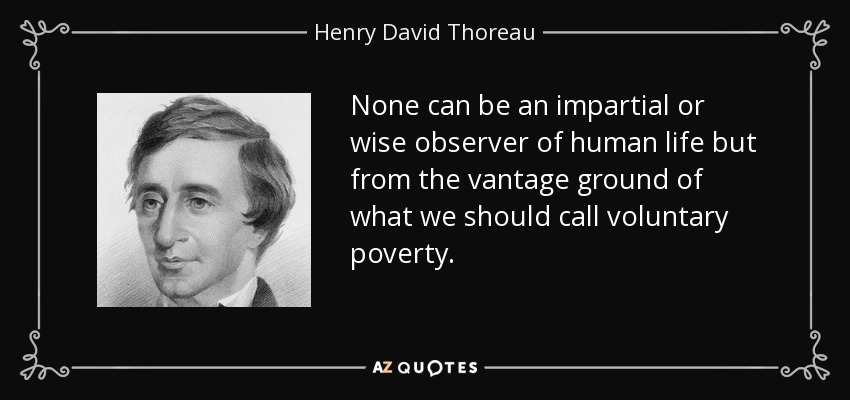 Thought was thus incorporeal. But philosophers were only interested in it - thought. Already in the 19th century, Hegel declared that the subject of thought is an incorporeal spirit. This was probably due to the fact that philosophers took very little care of their own bodies and sat a lot.
Thought was thus incorporeal. But philosophers were only interested in it - thought. Already in the 19th century, Hegel declared that the subject of thought is an incorporeal spirit. This was probably due to the fact that philosophers took very little care of their own bodies and sat a lot.
Nevertheless, let's give Hegel his due: he considered sculpture to be the highest and most beautiful of all arts. And the favorite subject of sculptors is the human body. Hegel defined beauty as the conformity of form to an idea, as an expression of the eternal idea of beauty. These were the ancient sculptures of heroes, gods, sages-philosophers, whom everyone then admired. But dance is related to sculpture! Dance, like sculpture, is often classified as a plastic art. And at the beginning of the 20th century, a new dance appeared, which was called plastic. It is quite possible to imagine that dance is a sculpture in motion, plasticity is in dynamics.
Friedrich Nietzsche was the first to notice that in dance the body also becomes a work of art, which means that it also expresses an idea, a thought. Nietzsche literally turned classical philosophy upside down. And he did it not least with the help of dance. Like Isadora Duncan, Nietzsche loved antiquity and believed that in ancient Greece the highest stage of human development was reached - a golden age, which people then lost. In The Birth of Tragedy from the Spirit of Music, Nietzsche composes a real ode to dance - an ancient and eternally young dance: “... man ... is ready to dance into the airy heights. Witchcraft speaks with his body movements. …He feels like a god.” And in the philosophical poem Thus Spoke Zarathustra, Nietzsche writes: "I would only believe in a God who could dance." His Zarathustra dances with nymphs in green meadows. For Nietzsche, dance becomes an attribute of the highest, divine art and thought. Therefore, dance for Nietzsche is a metaphor for thought. The divine lightness of the dance is opposed to everything "serious, weighty, deep, solemn" - in a word, boring; opposes "the spirit of gravity, by which all things fall to the ground.
Nietzsche literally turned classical philosophy upside down. And he did it not least with the help of dance. Like Isadora Duncan, Nietzsche loved antiquity and believed that in ancient Greece the highest stage of human development was reached - a golden age, which people then lost. In The Birth of Tragedy from the Spirit of Music, Nietzsche composes a real ode to dance - an ancient and eternally young dance: “... man ... is ready to dance into the airy heights. Witchcraft speaks with his body movements. …He feels like a god.” And in the philosophical poem Thus Spoke Zarathustra, Nietzsche writes: "I would only believe in a God who could dance." His Zarathustra dances with nymphs in green meadows. For Nietzsche, dance becomes an attribute of the highest, divine art and thought. Therefore, dance for Nietzsche is a metaphor for thought. The divine lightness of the dance is opposed to everything "serious, weighty, deep, solemn" - in a word, boring; opposes "the spirit of gravity, by which all things fall to the ground. " Through the mouth of Zarathustra, the philosopher calls to "learn to fly", "to be light", "to dance not only with your feet, but also with your head" - that is, to be light and free in your thinking, just as a good dancer is free and light in dancing.
" Through the mouth of Zarathustra, the philosopher calls to "learn to fly", "to be light", "to dance not only with your feet, but also with your head" - that is, to be light and free in your thinking, just as a good dancer is free and light in dancing.
At that time, which is called the Silver Age in Russia, very many became Nietzscheans, spoke his language, using the metaphor of dance. The poet Andrei Bely dreamed that his works were "a dance of self-fulfilling thought." The same idea is echoed by today's Nietzscheans like the French philosopher Alain Badiou. For him, too, dance is “a metaphor for unsubdued, light, refined thought”, “a sign of the possibility of art inscribed in the body”. Free, unfettered, non-dogmatic thought is like a dance.
Nietzsche exclaimed: "And let the day be lost for us when we never danced!" The influence of this philosopher-dancer, not only on his colleagues in the workshop, but also on the dancers, can hardly be overestimated. Isadora Duncan loved to read Nietzsche and quoted him in her reflections on dance. She was not the only one: Nietzsche was also read by the German dancer, one of the creators of Art Nouveau, Mary Wigman. Wigman put one of her compositions on a chapter from Nietzsche's poem "Thus Spoke Zarathustra", which is called "Song-Dance". Maurice Béjart and many other dancers read Nietzsche. These are real intellectuals from dance, artist-thinkers. They created not only choreography, but also artistic manifestos and programs: Duncan wrote "Dance of the Future", Rudolf Laban - "The Dancer's World", Mary Wigman - "Philosophy of Modern Dance".
She was not the only one: Nietzsche was also read by the German dancer, one of the creators of Art Nouveau, Mary Wigman. Wigman put one of her compositions on a chapter from Nietzsche's poem "Thus Spoke Zarathustra", which is called "Song-Dance". Maurice Béjart and many other dancers read Nietzsche. These are real intellectuals from dance, artist-thinkers. They created not only choreography, but also artistic manifestos and programs: Duncan wrote "Dance of the Future", Rudolf Laban - "The Dancer's World", Mary Wigman - "Philosophy of Modern Dance".
What was the Nietzschean idea of these outstanding intellectual dancers? First, in the criticism of everything artificial. Isadora passionately criticized ballet for its alleged artificiality, conventionality, and the harm it does to the body. And she herself presented an alternative - a "natural" dance, similar to movement in nature. His examples are not six ballet positions (that is, several positions of arms and legs on which the entire choreography of classical ballet is based), but “wave vibrations and the rush of winds, the growth of living beings and the flight of birds, floating clouds and .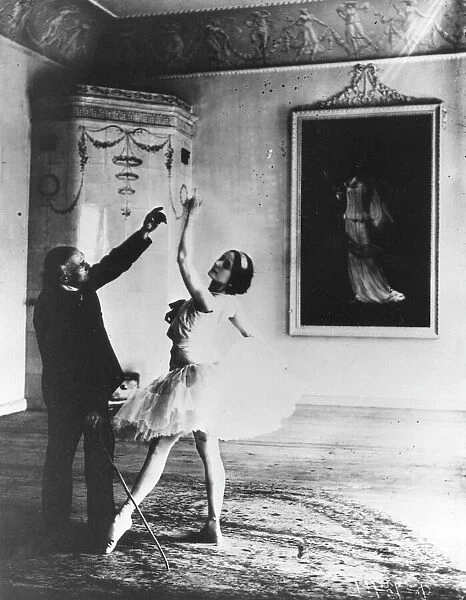 .. human thoughts ... about the Universe ... ". Duncan considered one of the manifestations of the extreme artificiality of the ballet that the movements in it are fractional, isolated, do not follow from each other, are not connected with each other and "are unnatural, because they seek to create the illusion that the laws of gravity do not exist for them." On the contrary, in a free dance, the actions “should carry in themselves a germ from which all subsequent movements could develop” - approximately in the same way as evolution occurs in nature. Dancing, Isadora believed, should be every person, and it will be his own, personal dance, corresponding not to ballet canons, but to the structure of his own body. In other words, she insisted on individuality, freedom, spontaneity in dance - motivating this by the fact that nature itself works this way. “Duncan is not just a name, but a program,” wrote one of her fans in Russia, art critic Alexei Sidorov.
.. human thoughts ... about the Universe ... ". Duncan considered one of the manifestations of the extreme artificiality of the ballet that the movements in it are fractional, isolated, do not follow from each other, are not connected with each other and "are unnatural, because they seek to create the illusion that the laws of gravity do not exist for them." On the contrary, in a free dance, the actions “should carry in themselves a germ from which all subsequent movements could develop” - approximately in the same way as evolution occurs in nature. Dancing, Isadora believed, should be every person, and it will be his own, personal dance, corresponding not to ballet canons, but to the structure of his own body. In other words, she insisted on individuality, freedom, spontaneity in dance - motivating this by the fact that nature itself works this way. “Duncan is not just a name, but a program,” wrote one of her fans in Russia, art critic Alexei Sidorov.
German dancer Mary Wiegmann (real name - Marie Wiegmann) lived 86 years (1886-1973).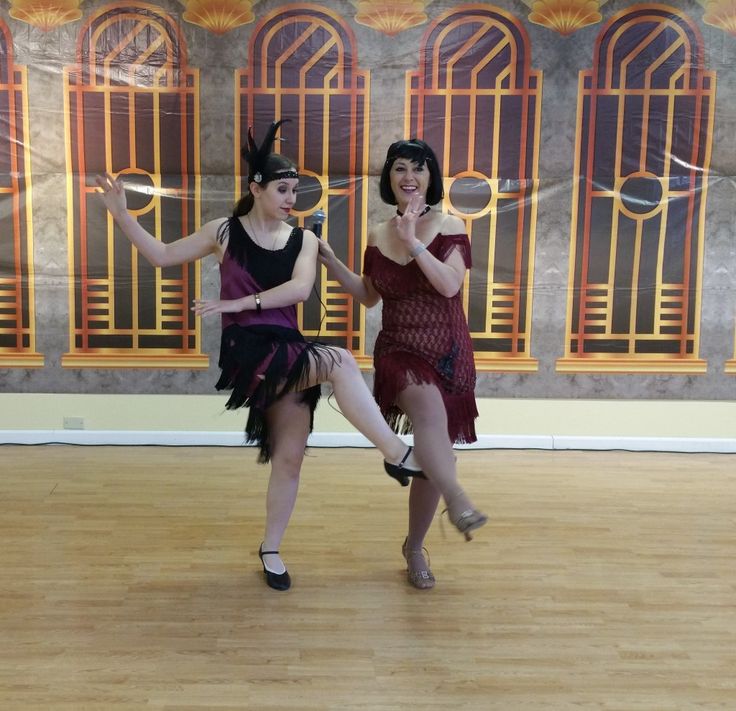 By the way, this is far from the only case of longevity among dancers - it seems to me that these people, who were burning with their work, simply could not die and leave this work on earth. So, Wigman began to create her dances in a unique place - on the mountain of Truth, Monte Verita. This was the name of the community of artists, philosophers, anarchists, theosophists, vegetarians, nudists who set up a colony in Italian Switzerland, on the shores of Lake Maggiore. There at 19In the year 13, Rudolf Laban, the son of a field marshal from Austria-Hungary, arrived, who at that time was studying architecture in Paris. And here he began - like Zarathustra dancing in "round dances" - to lead his "moving choirs". It was like a pantomime performed by a group of people. Wigman, Suzanne Perrotte, and many other future dancers, creators of new styles - expressionism and modernity, participated in these "choirs" (where there was no music and songs, only movement and gestures). In the warm Swiss climate, they danced on the banks of Lago Maggiore, naked or half-clothed, celebrated mass to the sun, and thought up other rituals for the new, liberated humanity.
By the way, this is far from the only case of longevity among dancers - it seems to me that these people, who were burning with their work, simply could not die and leave this work on earth. So, Wigman began to create her dances in a unique place - on the mountain of Truth, Monte Verita. This was the name of the community of artists, philosophers, anarchists, theosophists, vegetarians, nudists who set up a colony in Italian Switzerland, on the shores of Lake Maggiore. There at 19In the year 13, Rudolf Laban, the son of a field marshal from Austria-Hungary, arrived, who at that time was studying architecture in Paris. And here he began - like Zarathustra dancing in "round dances" - to lead his "moving choirs". It was like a pantomime performed by a group of people. Wigman, Suzanne Perrotte, and many other future dancers, creators of new styles - expressionism and modernity, participated in these "choirs" (where there was no music and songs, only movement and gestures). In the warm Swiss climate, they danced on the banks of Lago Maggiore, naked or half-clothed, celebrated mass to the sun, and thought up other rituals for the new, liberated humanity.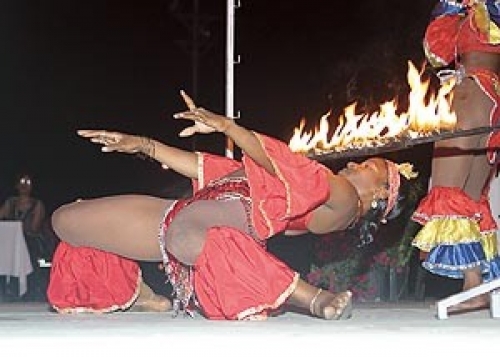 What the colonists on Monte Verita offered - given that at that very time a fratricidal world war was going on in Europe, in which Christians destroyed Christians - was not the worst offer to mankind.
What the colonists on Monte Verita offered - given that at that very time a fratricidal world war was going on in Europe, in which Christians destroyed Christians - was not the worst offer to mankind.
Almost all modern dance came from a small commune in the Swiss Alps. We have already mentioned Wigman - here she created her ingenious dance-rituals: she came up with her "Dance of the Witch", then she created the "Dance Song" to the words of Nietzsche, and later, with her students, staged "Monument to the Dead" ("Totenmal") . In her article "The Philosophy of Modern Dance" (1933), she wondered if classical ballet was possible after the World War. Wigman believed that dance should be updated - not only in terms of new movements, steps or steps, but also in terms of the seriousness of the questions that choreographers ask.
The Witch's Dance performed by Mary Wigman.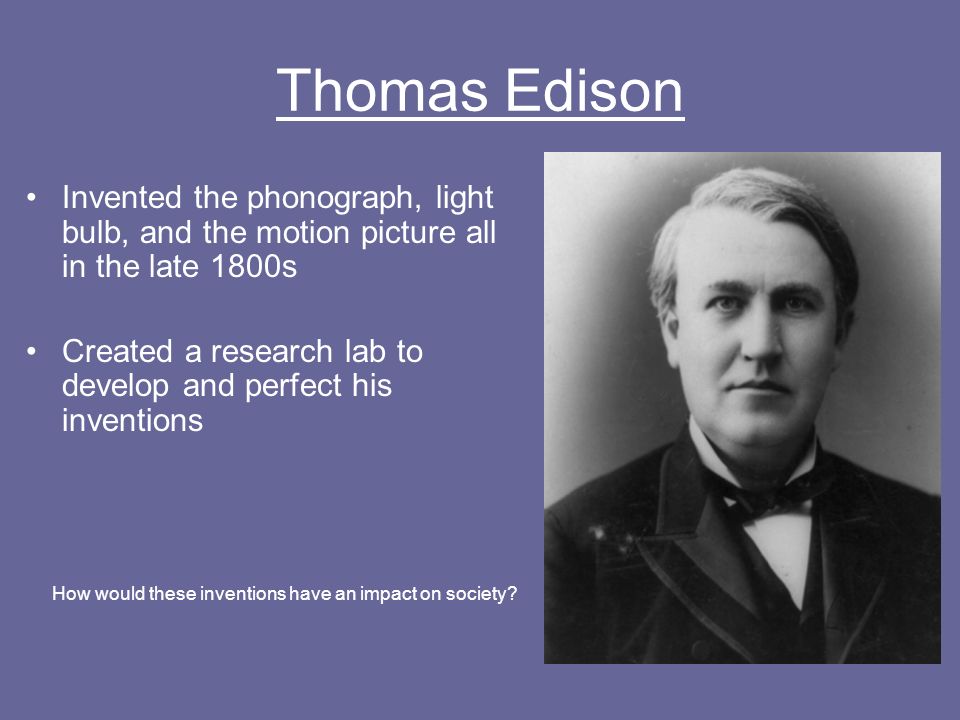 1920s
1920s In addition to Wigman, other modern choreographers also began to address current political and existential questions, questions about life. Kurt Joss staged the contemporary ballet "Green Table" - about those negotiations that European diplomats failed, which led to the world war. Pina Bausch began to study with Joss - she later created her own dance theater in the German city of Wuppertal, one of the most famous in the world. In the 20th century, along with dance-entertainment, a dance-reflection, dance-satire appeared. This is the result of real intellectual dancers appearing—or, as in the case of Laban, intellectuals began to dance, to become dance artists.
They opposed themselves to that light entertainment genre that ballet was traditionally considered to be. It must be said that in the 18th and 19th centuries ballet served as light entertainment, divertissement: ballets in the theater were given in intermissions between two short operas or between two acts of an opera, and often it was called that - ballet divertissement (divertissement in French "entertainment") . To distance themselves from this tradition, the new choreographers called their style not ballet, but modern dance. Modern included Mary Wigman, Kurt Joss and other students of Laban in Europe, and in the USA Martha Graham and other dancers. In our country, modern dance began to develop successfully in 1920s, but was banned for ideological reasons. After that, academic ballet reigned for a long time, and other genres (except, perhaps, folk stage dance) became marginal.
To distance themselves from this tradition, the new choreographers called their style not ballet, but modern dance. Modern included Mary Wigman, Kurt Joss and other students of Laban in Europe, and in the USA Martha Graham and other dancers. In our country, modern dance began to develop successfully in 1920s, but was banned for ideological reasons. After that, academic ballet reigned for a long time, and other genres (except, perhaps, folk stage dance) became marginal.
At first, classical ballet remained aloof from the processes that took place in modern dance. However, here, too, choreographers-philosophers appeared who staged meaningful performances. Maurice Bejart also belonged to the dancing philosophers, or philosophizing dancers (he left us relatively recently, in 2007). His real name is Berger; he is the son of the philosopher Gaston Berger, who, in particular, wrote a treatise on Husserl's phenomenology. Maurice graduated from the Lyceum with honors in philosophy, and then he took and went to study classical dance. As in philosophy, he was also successful in ballet - despite his small stature and short legs, he performed the title role of Siegfried in Swan Lake.
As in philosophy, he was also successful in ballet - despite his small stature and short legs, he performed the title role of Siegfried in Swan Lake.
In the mid-1950s, Béjart founded his first company and staged his first ballet, La Symphonie for a Solo Man (La Symphonie pour un homme seul) to "concrete music" by contemporary composer Pierre Henry. Specific music was an electronic compilation of musical fragments, sounds of nature and household noises - for example, factory horns. The music alone provoked the audience - there really was a scandal at the premiere. Moreover, the theme is not typical for ballet: existentialism, loneliness, anxiety. These sentiments, however, were very typical of those years when Jean-Paul Sartre was the most popular philosopher. Bejart, thus, immediately declared himself as a choreographer-philosopher. And five years later he finally read Nietzsche, and this reconciled his two strongest passions - philosophy and dance. And his dance changed, became more powerful, passionate and vital.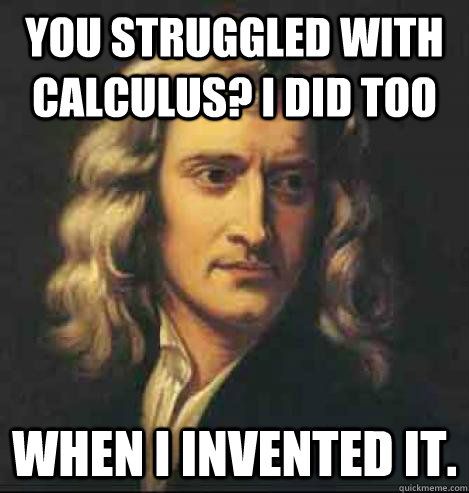 Having created a new company - "Ballet of the 20th century", Bejart turns to ancient myths, in which movement, dance have a sacred meaning, and puts on the ballets "Orpheus", "The Rite of Spring", "Sacrifice".
Having created a new company - "Ballet of the 20th century", Bejart turns to ancient myths, in which movement, dance have a sacred meaning, and puts on the ballets "Orpheus", "The Rite of Spring", "Sacrifice".
In 1961 Béjart staged perhaps his most popular ballet, Boléro. Bejart's favorite dancer Argentine Jorge Donn, Maya Plisetskaya, Sylvie Guillem shone in it ... Bejart was not the first to turn to Ravel's music. In fact, this composition was composed by Ravel at the request of the dancer Ida Rubinstein. The ballet "Bolero" was staged for her by the sister of the famous Vaslav Nijinsky, the wonderful performer and choreographer Bronislava Nijinsky herself. The ballet takes place in a tavern, and in the finale, Ida jumped on the table and danced on it, surrounded by enthusiastic male patrons. If you have seen Béjart's "Bolero" (or you can watch it right now), then you know that this dance is also performed on a raised platform. But due to a completely different choreography, idea, mood, this dance is more like not drunken fun in a pub, but a very serious and passionate sacrificial ritual. Even Bejart's table is not a table, but an altar on which sacrifice is made.
Even Bejart's table is not a table, but an altar on which sacrifice is made.
Such was the increased seriousness and even sacredness of modern dance in comparison with its predecessor, classical ballet of the 19th century. It should be added that Bejart himself converted to Islam in the late 1960s, but Buddhism was also close to him. And he called his last dance schools "Mudra" (which means "gesture" in Hindi) - in Brussels, and "Rudra" (after the name of the deity) - in Lausanne. Over the past twenty years, Béjart has staged almost a hundred ballets, including, a year before his death, Zarathustra: Song and Dance. Zarathustra for him is a philosopher, a prophet, a legislator, a dancing god who dances with his feet and head.
More to read:
Badiou A.